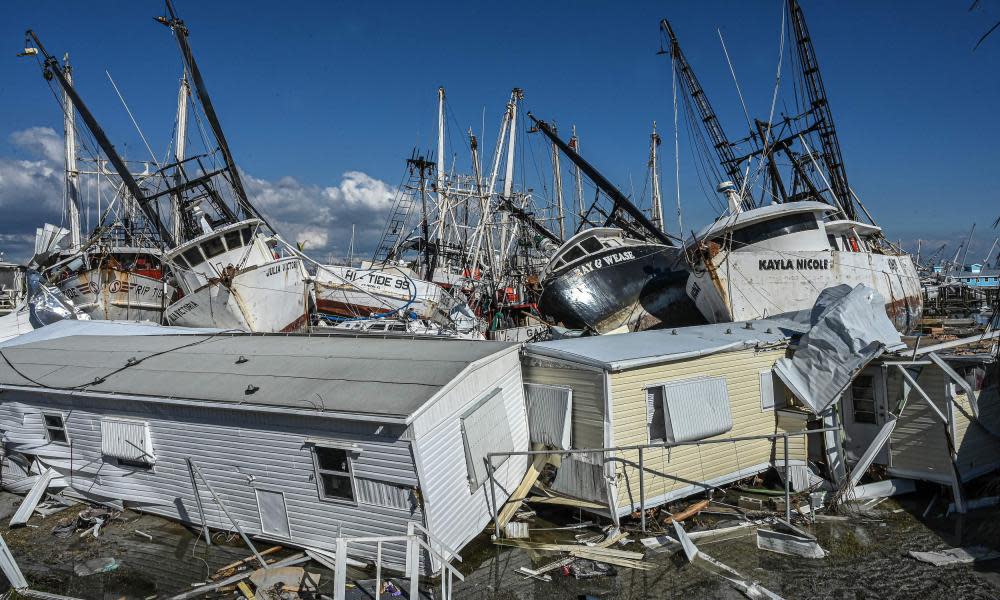Hurricane Ian was less a natural disaster than a human-made one. We must stop building on swamps

Remember when Donald Trump reportedly suggested that we nuke hurricanes in order to stop them hitting the United States? That idea was obviously ludicrous and got rightly ridiculed. Ultimately, however, Trump’s ideas weren’t much more absurd than the accepted status quo in the US – which is to build large amounts of housing on land vulnerable to natural disasters. Fantasies of nuking hurricanes are ultimately just as ridiculous as fantasies that millions of people can move on to paved-over swampland in the most hurricane-ravaged state in the US without disaster striking.
I’m talking about Florida, of course. In 1960, about five million people lived in the Sunshine State. Now, that number is about 22 million. During the past few decades, Florida has seen a construction and population boom, with millions of people occupying land that is wholly unsuitable for settling on. “The story of Florida is the story of development happening at times and places where it probably shouldn’t,” a member of Florida Conservation Voters, a non-profit organisation that focuses on environmental issues, recently told Politico.
Related: Son saves mother trapped in flooded home after Hurricane Ian
As Hurricane Ian has shown, that is an understatement. At least 103 people have died, thousands of people are unaccounted for, and 1.8 million people have been driven from their homes because of Hurricane Ian. It’s the fifth most powerful storm to hit the US mainland and could be the most expensive storm in Florida’s history.
My heart goes out to everyone affected. But thoughts and prayers aren’t enough at a time like this. If we want to prevent this sort of devastation from happening again, we must admit that Hurricane Ian wasn’t so much a natural disaster as a human-made one.
As the environmental media outlet Grist has documented: “The root of south-west Florida’s vulnerability is a development technique called dredge-and-fill. Developers dug up land from the bottom of rivers and swamps, then piled it up until it rose out of the water.” Swampland was turned into pricey real estate. Growth, growth, growth was pursued no matter the cost. Now the bill has come due.

 Yahoo Movies
Yahoo Movies 
